Cleaning Stainless Steel with Enzymes
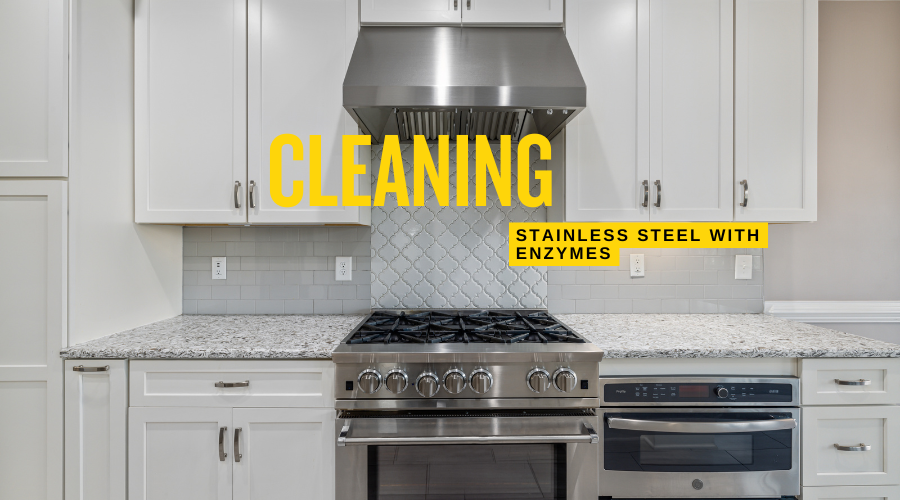
Cleaning stainless Steel with Enzymes
Tools You Need
- Enzyme Cleaner
- Super Cloth or Microfibre Clothe
- Soft Sponge
- Dry Towel
- Warm Water
Step 1
Gather Your Materials
Before you start cleaning, make sure you have everything you need. You’ll need an enzyme-based cleaner made for stainless steel, or you can create a DIY version using natural enzymes from citrus peels, pineapple, or papaya mixed with water and mild soap.
Additionally, gather a microfiber cloth, a soft sponge, warm water, and a dry towel for buffing. Having all your materials ready ensures a smooth and efficient cleaning process.
Step 2
Prepare the Surface
Remove any loose debris, dust, or crumbs from the stainless steel surface with the super clothe or dry microfiber cloth. If there are stubborn grease spots or dried-on food, use warm water and a soft cloth to loosen them before applying the cleaner.
For appliances like ovens, refrigerators, or dishwashers, ensure they are turned off and cooled down. This prevents the cleaner from evaporating too quickly and allows the enzymes to work effectively.
Step 3
Apply the Enzymatic Cleaner
Spray or apply the enzymatic cleaner evenly over the stainless steel surface. If using a homemade solution, apply it with a clean cloth or sponge, gently rubbing it onto the surface. Let it sit for 5–10 minutes to allow the enzymes to break down grease and grime, especially in heavily soiled areas.
Avoid using abrasive pads or harsh scrubbing tools, as they can scratch the stainless steel finish. Instead, use a soft microfiber cloth or a non-abrasive sponge to work the cleaner into the surface.
Make sure to look for more enzyme products that best fit your needs.
Step 4
Wipe and Rinse
Once the cleaner has done its job, use a damp microfiber cloth to wipe away the grime and residue. For best results, wipe in the direction of the stainless steel grain to prevent streaking.
If any cleaner remains, rinse the surface with a clean, damp cloth and wipe again. Since enzymes are non-toxic, there’s no need for harsh rinsing, but removing any excess product ensures a streak-free finish.
Step 5
Dry and Buff for a Streak-Free Shine
Immediately dry the surface with a clean microfiber cloth to prevent water spots. Buff the stainless steel in the direction of the grain for a polished, streak-free look.
For extra shine, apply a small amount of mineral oil or food-safe stainless steel polish to a cloth and buff the surface lightly. This helps repel fingerprints and keeps your stainless steel looking brand new.
By following these simple steps, you’ll have spotless stainless steel surfaces without the need for harsh chemicals. Enzymatic cleaners offer a safe, effective, and eco-friendly way to keep your home looking its best.




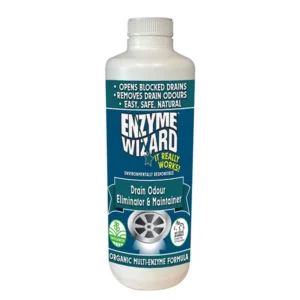
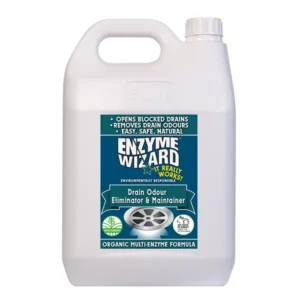
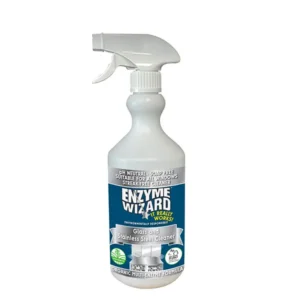
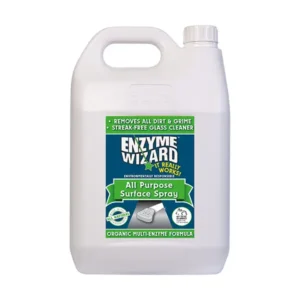
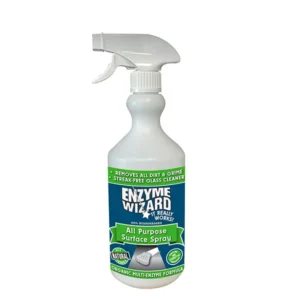
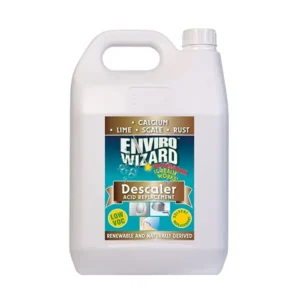
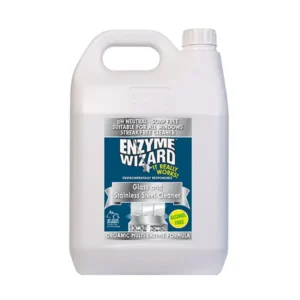
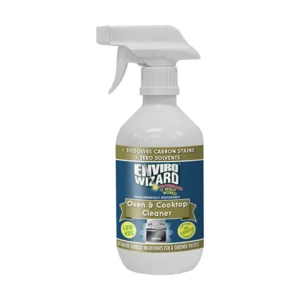
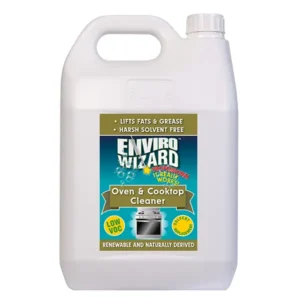

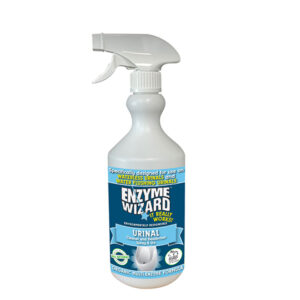
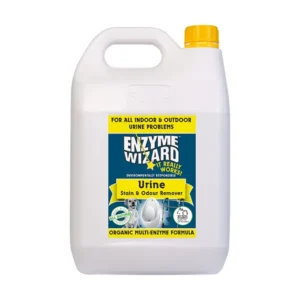
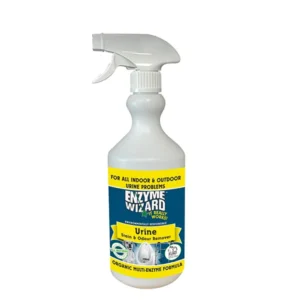
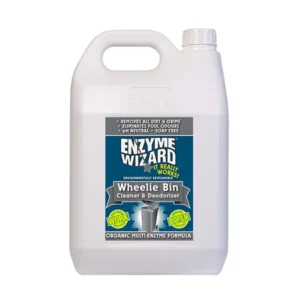
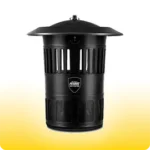 Mosquito Traps
Mosquito Traps